Vitamin C is a powerful antioxidant that is most often praised for its benefits on immunity, although it does much more for the body than help the immune system.
The recommended daily amount for American adults is 75-90 mg, although therapeutic amounts of 1,000-2,000 mg daily are common in supplements.
Every winter, we are encouraged to get more vitamin C to ward off colds and flu. Many people drink orange juice and take orange-flavored vitamin C supplements until they can’t stand the taste of orange anymore.
Surprisingly, many foods have the same amount (70 mg) or more vitamin C than an orange!
Here are 20 foods with high vitamin C content.
1. Acerola Cherries
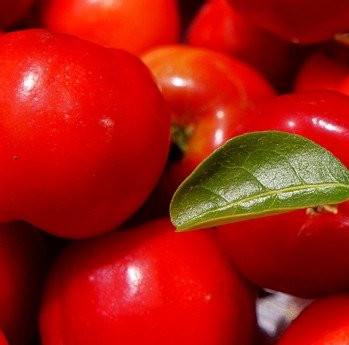
Acerola cherries, also called Barbados cherries, are one of the most vitamin C-rich foods on the planet. They have over 1600 mg of vitamin C per cup (98 grams). That’s over 20 oranges worth in a single cup!
These cherries have a tart flavor and can be used in place of other varieties of cherries in recipes or eaten raw. You can also buy acerola cherry juice or powder online or in health food stores.
2. Rose Hips
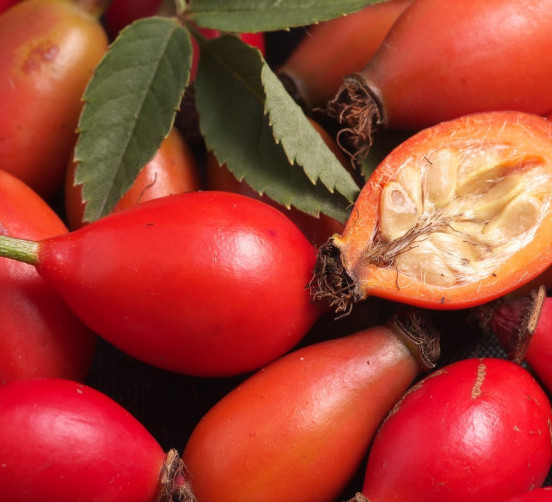
A rose hip, or rosehip, is a reddish-orange round part on a rose plant located below the petals. They have many beneficial properties, including packing over 500 mg of vitamin C per cup (127 g).
3. Chili Peppers
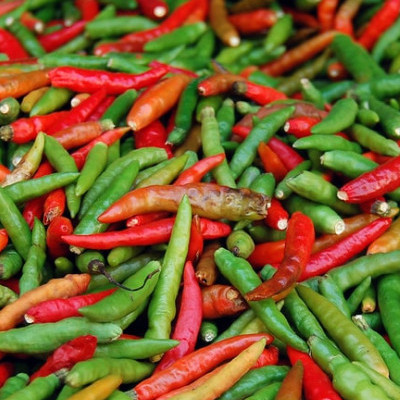
Chilies are a popular ingredient in many recipes and cuisines around the world and are often thought of as having powerful anti-inflammatory compounds. One thing that is rarely mentioned is that a single chili pepper contains more vitamin C than a medium orange.
Green chili peppers have the most vitamin C, over 100 mg each and over 360 mg per cup of diced chilies. The red variety is still a great source with 65 mg of vitamin C per pepper and about 215 mg per cup.
4. Guava
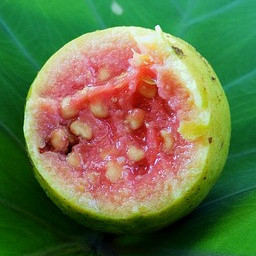
Native to Mexico and South America, guava contains 125 mg of vitamin C per fruit, around 375 mg per cup (165 grams). It is also a good source of lycopene, a healthy red compound most commonly associated with tomatoes.
5. Bell Peppers
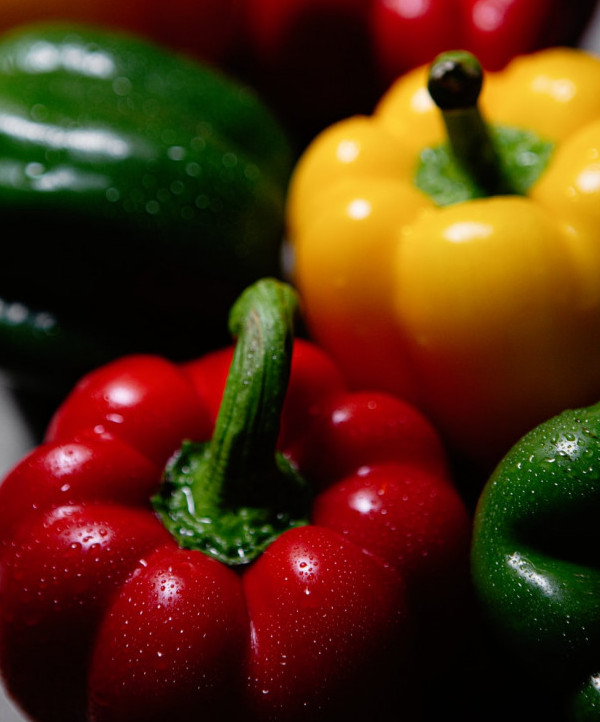
Bell peppers, especially yellow bell peppers, boast a surprisingly high amount of vitamin c. A whole yellow bell pepper has 340 mg of vitamin c on average, which is the equivalent of nearly 5 oranges. The red and green varieties contain 190 mg and 120 mg, respectively.
Bell peppers can be used to add a pop of color and flavor to nearly any savory dish. Next time you want a boost of vitamin C, you can also try stuffed bell peppers for a filling and flavorful meal.
6. Mustard Spinach (Komatsuna)
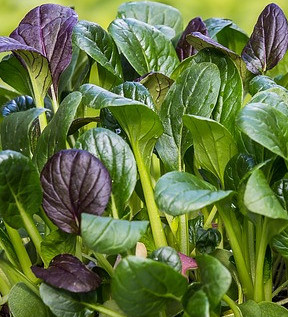
Japanese mustard spinach is a leaf vegetable that is similar to spinach and other types of greens. It has about 30x more vitamin C than spinach though. It comes in at nearly 200 mg per cup of chopped raw mustard spinach.
7. Kiwi
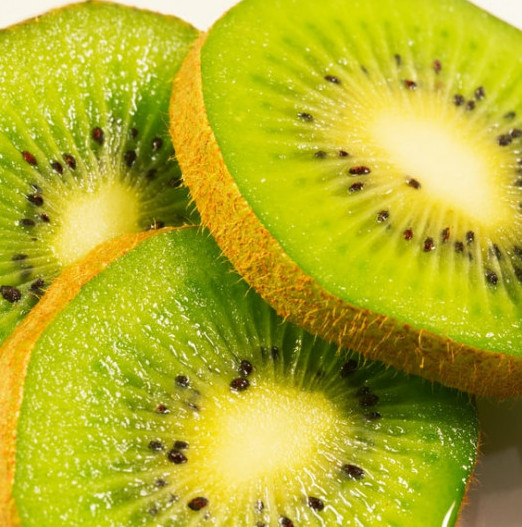
A single kiwifruit contains as much vitamin C (70 mg) as a medium orange in a smaller package. 1 cup of sliced kiwi contains over 150 mg of vitamin C.
Sliced kiwi adds a nice decorative touch and mild tropical flavor to fruit salads.
8. Lemon
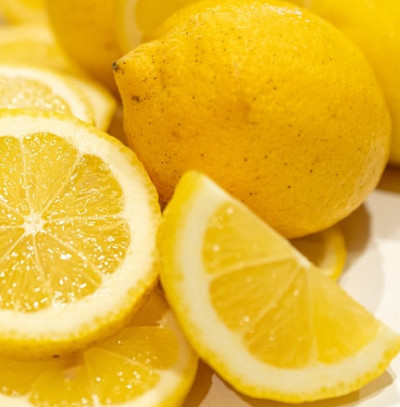
This yellow, tart citrus fruit has more vitamin C per gram than an orange, averaging 40 mg per medium lemon or 112 mg per cup.
If you are not a fan of lemon fruit, you can still enjoy lemon juice in a variety of recipes, such as lemonade and homemade lemon desserts. The juice of one lemon contains nearly 20 mg of vitamin C.
9. Blackcurrants

Blackcurrants are nice, tangy fruits that are most commonly used in desserts and jams or as a flavoring. While they aren’t common in the United States, they are very popular in other countries, especially in parts of Europe.
They are very high in antioxidants and other beneficial nutrients and pack about 180 mg of vitamin C per 100 g of fruit.
10. Broccoli
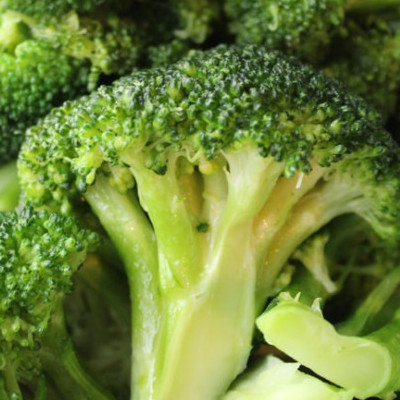
Broccoli is a common side dish and casserole ingredient.
Did you know that it also contains about the same amount of vitamin C as an orange? One cup of raw or lightly steamed broccoli has nearly 100 mg of vitamin C.
11. Strawberries
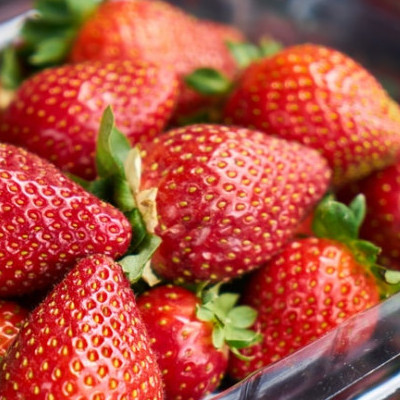
Strawberries are a popular fruit, and they also contain nearly 100 mg per cup, sliced.
Sliced strawberries are a great addition to fruit salads or smoothies. They can also be used as a decorative topping for desserts.
I also use strawberries in homemade slushes and popsicles.
12. Brussels Sprouts
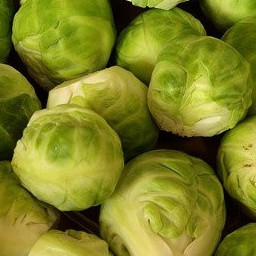
Brussels sprouts are a highly underrated side dish, especially when roasted with crispy edges. If you are like me and enjoy them, you will be glad to know that there is yet another benefit to eating your sprouts.
One cup of raw or lightly cooked Brussels sprouts has as much vitamin C as a cup of orange slices!
13. Orange
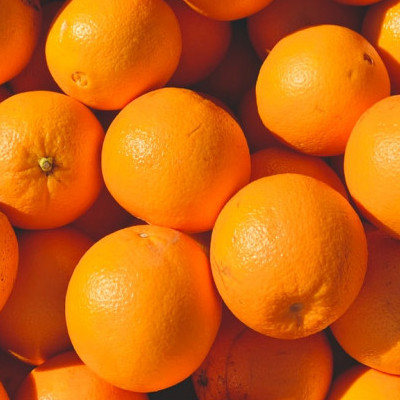
The orange makes number 13 on this list clocking in at 70 mg of vitamin C per medium orange and 96 mg per cup of sections. That’s close to a day’s worth in one orange!
If you like oranges, feel free to eat them. They are still a great source of vitamin C, even though they are not at the top of the list.
For a little variety, you might consider trying different varieties of orange, such as mandarins, tangerines, Valencia, etc. They each have a slightly different taste.
14. Papaya
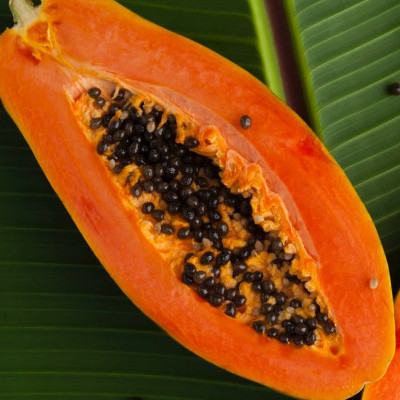
The papaya, or pawpaw, is a soft tropical fruit that tastes sweet. It is also a great source of vitamin C at 88 mg per cup or 96 mg per small papaya.
Cut-up papaya goes well in a tropical fruit salad!
15. Pineapple
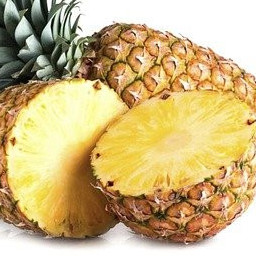
Pineapple is one of the most popular tropical fruits. Whether fresh, canned or included in drinks and desserts, this fruit is another great way to get your Vitamin C. It contains about 80 mg per cup or 430 milligrams per fruit.
16. Kale
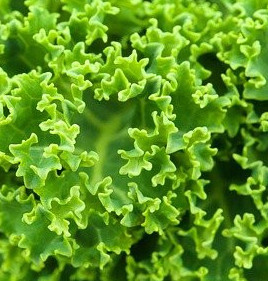
If you enjoy the kale superfood or green smoothie craze, you are in luck! One cup of raw kale has about 80 mg of vitamin C. When it is cooked, the level drops to around 53 mg per cup.
17. Grapefruit
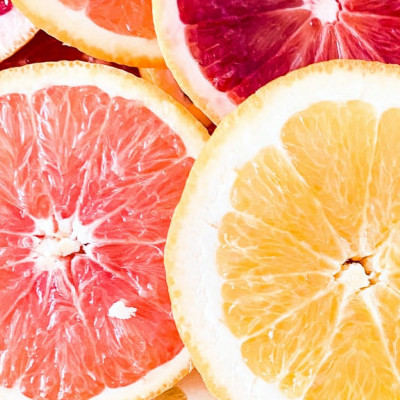
Grapefruit comes in red, pink, and white varieties with an average of 72 mg of vitamin C per one cup of sections (230g). It has also been shown to lower cholesterol and blood sugar levels when eaten regularly.
Compounds in grapefruit can interact with some medications, so it is important to talk to a healthcare professional or pharmacist about the risks of eating grapefruit if you take prescription medications.
18. Mango
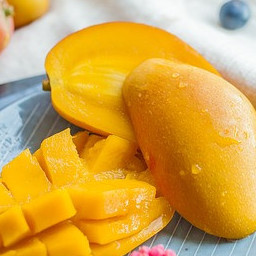
Mangoes are another sweet tropical fruit. They are a great source of many vitamins and minerals, including vitamin C. One mango fruit contains approximately 120 mg of vitamin C. 1 cup of mango chunks packs a nice 60 mg.
19. Cauliflower
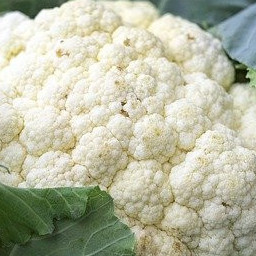
I can almost guarantee that no one thinks of cauliflower as a good source of vitamin C, but it has a decent amount at 51 mg per cup, chopped. This translates to about 280 mg for a whole medium-sized head.
If you are looking for a more savory way to get your vitamin C, cauliflower might suit your needs.
20. Cabbage
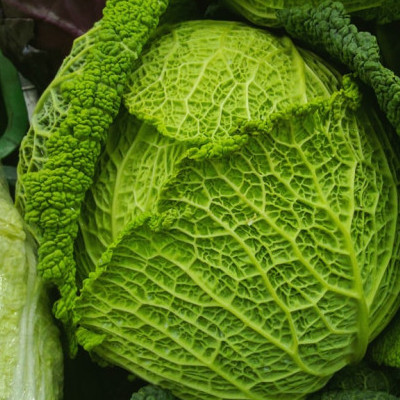
This is another one that you probably wouldn’t think about. 1 cup of chopped cabbage has 33 mg of vitamin C, while one medium-sized head contains nearly 330 mg. Cabbage casserole anyone?
Did any of these surprise you? Share your thoughts in the comments!

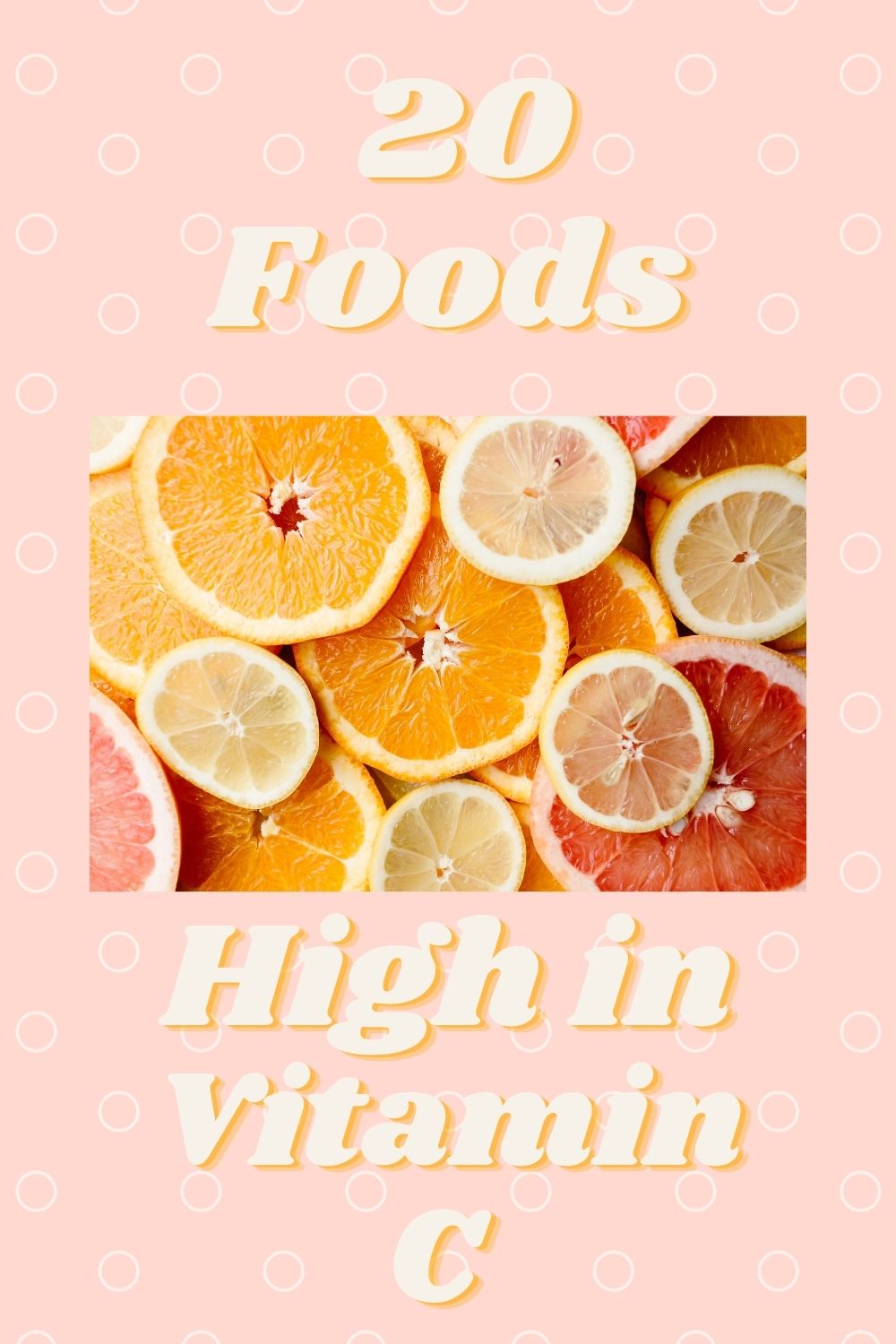
Hello Delaney,
As we all know that vitamin c is a very essential component of our body. In general most of us know that orange is the best source of vitamin c but your post has elaborated this topic to a new height. In a time like now, we are so conscious to avoid cold and flu and keep our immune strong this post can be very helpful.
I will recommend my family and friends to have a read.
Very well written.
Thank you very much for sharing.
Shishir
Thank you! I’m glad you found this post useful 🙂
Thanks for bringing us this very useful information.
It is strange that if you asked someone how to get vitamin C into your body, they would automatically say to eat oranges! It just seems to be one of those things that everyone knows. So how come we all think that! Especially when there are not merely other sources, but even better ones.
The great thing about your list is that they are all every day fruits and vegetables, so they can easily be added more frequently to our diet.
I am not sure why we all think of oranges first. I agree that most of these are easy to add to meals and snacks. Thank you for sharing your experience!